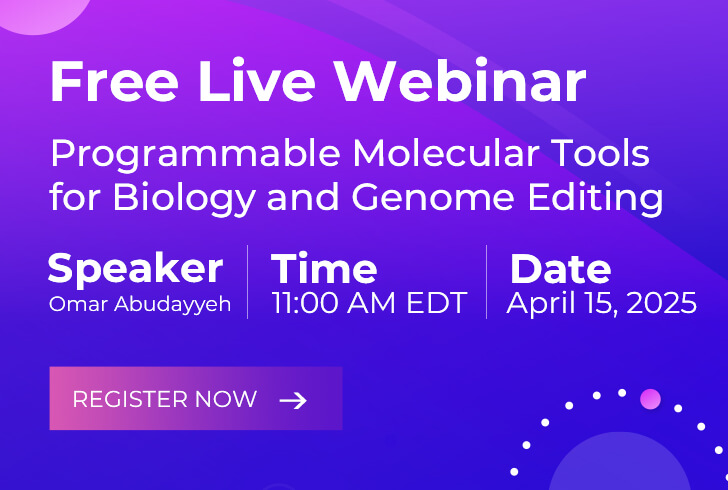Lentiviral Vector Development for Transfusion-dependent β-thalassemia
Inquiry NowLentiviral vector (LV)-mediated gene transfer into hematopoietic stem cells provides a potentially curative therapy for transfusion-dependent β-thalassemia. To consistently achieve gene transfer, Creative Biolabs is focused on improving the efficiency of LV-mediated gene transfer into stem cells. We are pleased to share our cutting-edge technology and extensive expertise in LV development for transfusion-dependent β-thalassemia to facilitate our clients' research and project development.
Introduction of Transfusion-Dependent β-Thalassemia
β-thalassemia is caused by more than 200 mutations in the HBB globin gene, which encodes the beta subunit of the most common form of adult hemoglobin. These mutations either abolish (β0) or reduce (β+) β-globin synthesis, which leads to intracellular hemichrome precipitation, ineffective erythropoiesis, chronic hemolysis, and profound anemia. Transfusion-dependent β-thalassemia is the most severe clinical form, and patients with this disease require long-term red cell transfusions for survival and the prevention of serious complications. Coinheritance of the genetic variant βE with any β0 mutation is responsible for approximately half of all cases of transfusion-dependent β-thalassemia worldwide.
Treatment of Transfusion-Dependent β-Thalassemia
The only potentially curative option for β-thalassemia is allogeneic hematopoietic cell transplantation, but owing to risks of graft rejection, graft-versus-host disease, and other treatment-related toxic effects, transplantation is primarily reserved for young children with an HLA-identical sibling donor. Thus, the current standard of care for patients with β-thalassemia consists of lifelong, regular red-cell transfusions and iron chelation. The risks of serious complications from transfusion-related iron toxicity and viral infections persist despite of improvements in care. Gene therapy holds the promise by keeping transferring the normal β-globin into hematopoietic stem cells (HSCs) to permanently produce normal red blood cells. Therefore, gene therapy is a new option in patients with β-thalassemia. LVs, which can be potentially used in gene therapy, can stably transmit globin regulatory elements and the coding sequences of the β-globin gene. Nowadays, LV is becoming a promising choice of "additive gene therapy" as a therapeutic option for transfusion-dependent β-thalassemia.
LV Development for Transfusion-Dependent β-Thalassemia at Creative Biolabs
Creative Biolabs has long-term devoted to LV development for transfusion-dependent β-thalassemia. Our scientists have developed a GMP manufacturing process for large-scale production of LVs. To produce large-scale clinical-grade LV lots to support clinical trials, purification is done by chromatography and buffer is exchanged by ultrafiltration before final filtration.
Key Advantages of Our Service:
- GMP manufacturing
- Large-scale production of clinical-grade LVs
- Highly professional Ph.D. level scientists
- Best after-sale service
Equipped with world-leading technology platforms and professional scientific staff, Creative Biolabs is always dedicated to assisting our clients with LV development for transfusion-dependent β-thalassemia. We offer turn-key or ala carte services customized to our client's needs. Please contact us for more information and a detailed quote.

